For as long as I have known Marie Matusz I have been fascinated by the eloquence with which she formulates the ideas to be rendered visible in the works she has yet to create. There is something magical about the fine hand in which she notes down the thoughts that come to her in conversation – about these miniatures that make even the briefest note of hers look like a little poem.
Matusz is an artist who treats concepts like modelling clay, but who can still arrive at an artistic proposition that seems to have developed solely out of her materials. Whether it is the thought that precedes the form or the form that gives rise to the thought is left open. As eloquent, confrontational, self-assured and persuasive as the artist is in dialogue and when talking about her work, especially with fellow artists of her own generation, her visual works are for the eyes only. Speechlessness envelopes them.
What the two French writers, Gilles Deleuze and Félix Guattari, said about the book in their work A Thousand Plateaus – that there is no distinction “between what a book talks about and how it is made” – is also true of the exhibitions of this young artist from Toulouse. They each form an assemblage – or agencement, to use the French term – and have neither object nor subject. It took a long while before I realized that in her exhibitions, Matusz is interested neither in the wall nor in the floor nor in the ceiling, but only in the space – the volume – in between. Hence her three-dimensional aluminium objects, for example, which are suspended – visibly and rather too conspicuously, or so I thought at first – on thin steel cables that in their turn are anchored by hooks in the ceiling. But these are not objects that remain optically static in space, like those that in the 1960s became the talk of the town first in New York and then elsewhere. They are rather extremely fragile entities – special fabrics, for example – which although made of metal are not load-bearing. They are actually more like an interstitial space, a visualization of absence, a demonstration of aerial corpuses, as which they address the subject of the deliberately created void that can stimulate thought. This is actually quite unusual in contemporary art, in which the visual evidence is no longer a value in itself and the narrative, in recent years especially, has become more important than the aesthetic argument. It is also unusual because Matusz works with language and draws on texts for the realization of her works, and because ultimately, her artistic output is built on concepts and on whether, and how, those concepts can be grasped and visualized.
For her intervention in Amden the artist had at her disposal an ancient barn, which in defiance of the elements served generations of alpine farmers before being repurposed – without any structural modifications – as a contemporary art space in 1999. Inspired by the larger context, Matusz developed a site-specific installation occupying both floors of the building that asks questions relating to the resilience and capacity for regeneration of both living creatures and inanimate things. As in her earlier shows, one of her themes was exhibiting itself as a creative process. Her multi-part intervention in a seemingly timeless and placeless setting that lost its actual purpose forever many years ago embeds itself in the given structure without ever becoming one with either the building or its architecture or indeed its former function. Matusz treats the barn as a kind of walk-in, secular shrine in which not relics, but preservation itself, the transmission of information and remembrance in the form of sculpted objects is rendered visible. The true centre of the show is thus the little display cabinet containing a handwritten open letter. The feelings addressed, evoked, and negotiated by the poetic first-person of this missive, which runs to several pages, are very deep and position the action of the piece firmly in the present.
– Roman Kurzmeyer

 Images
Images
 Info
Info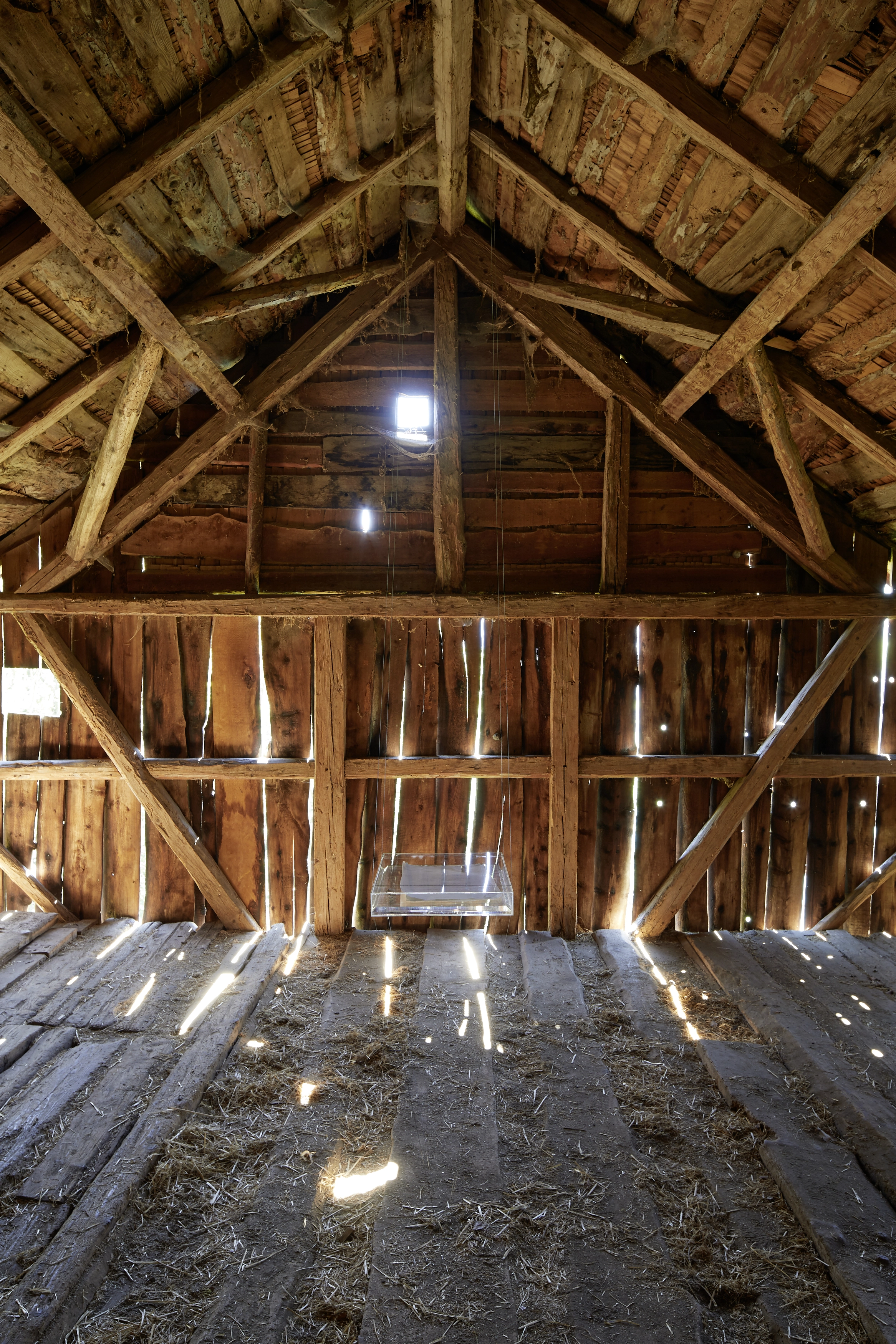
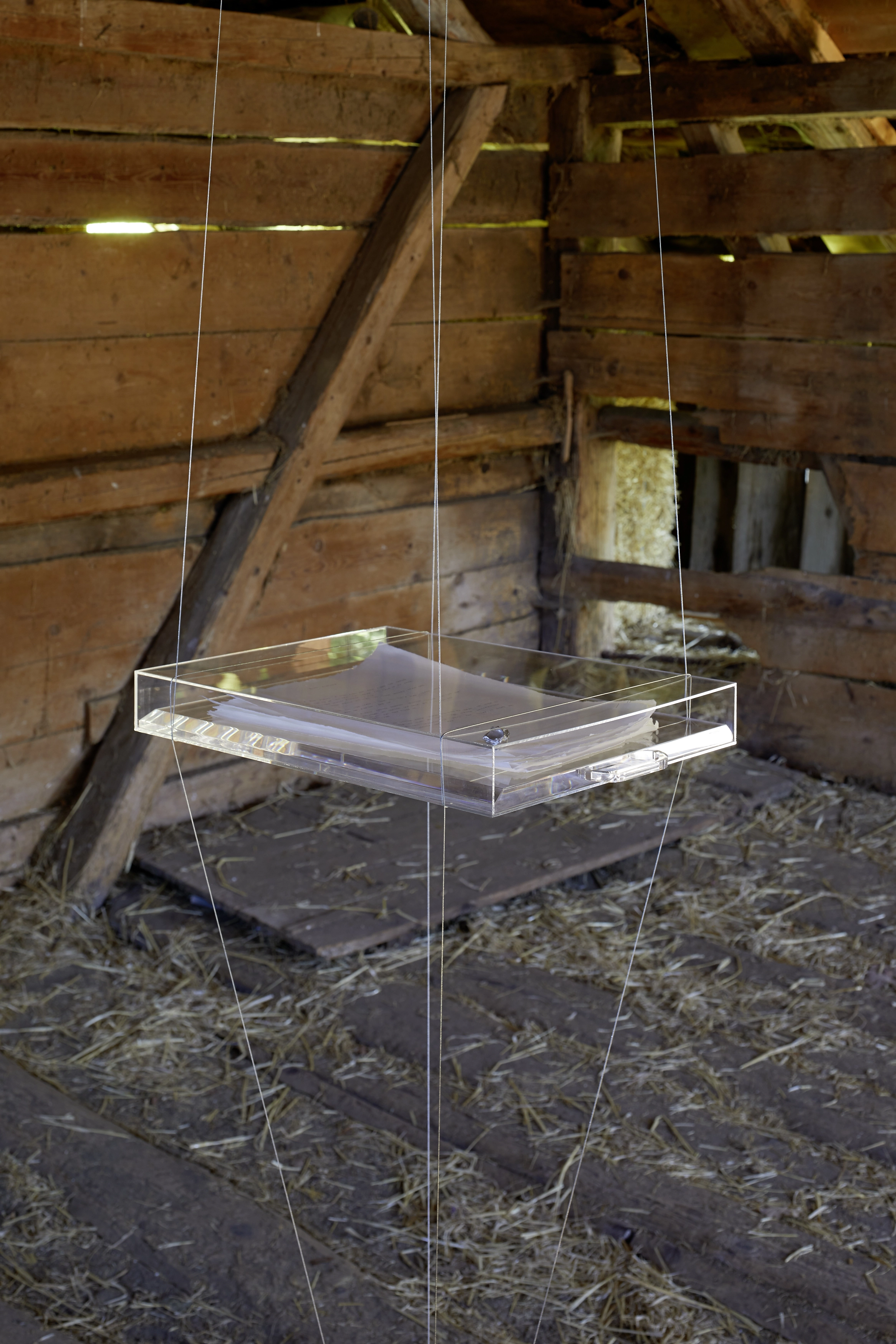
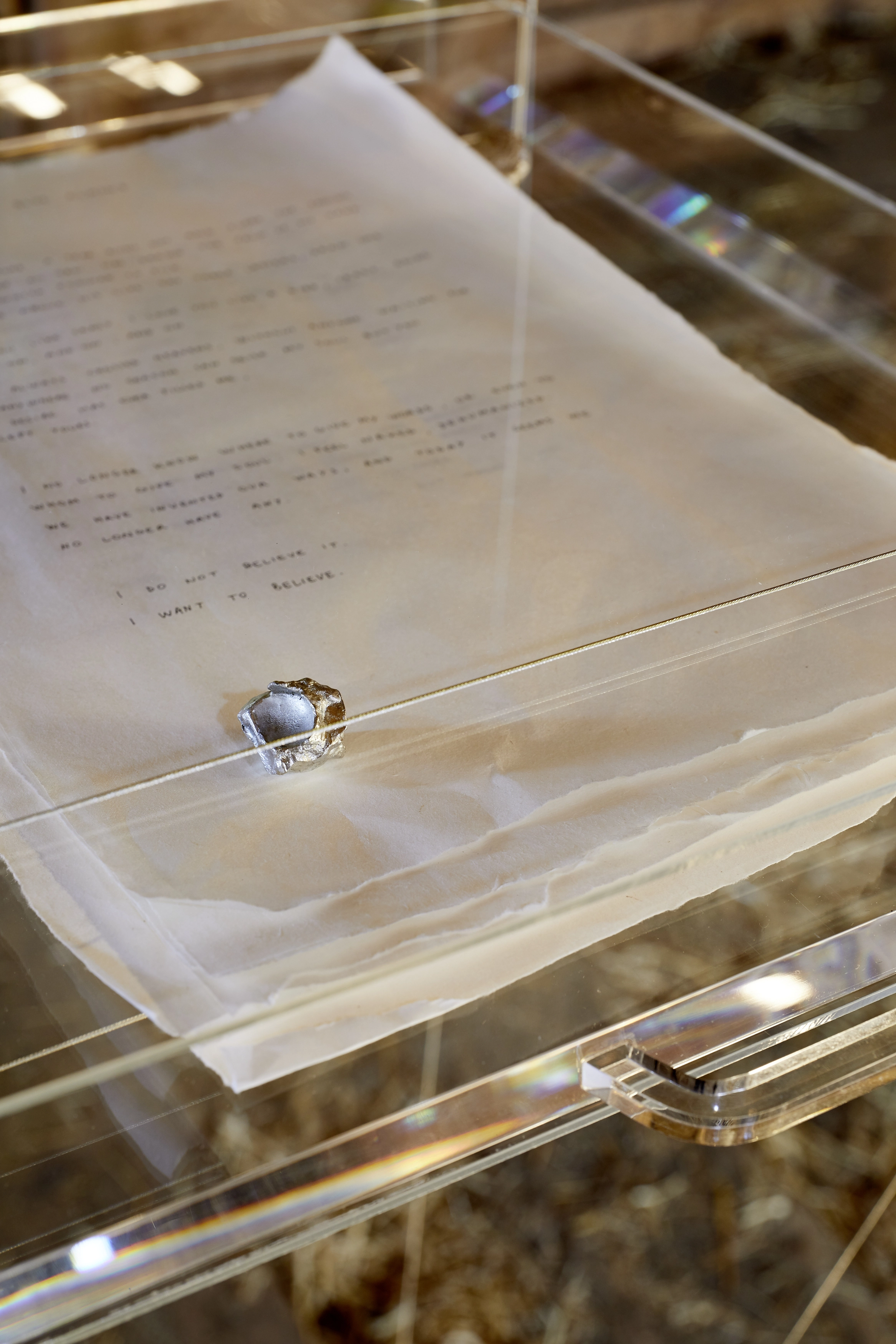
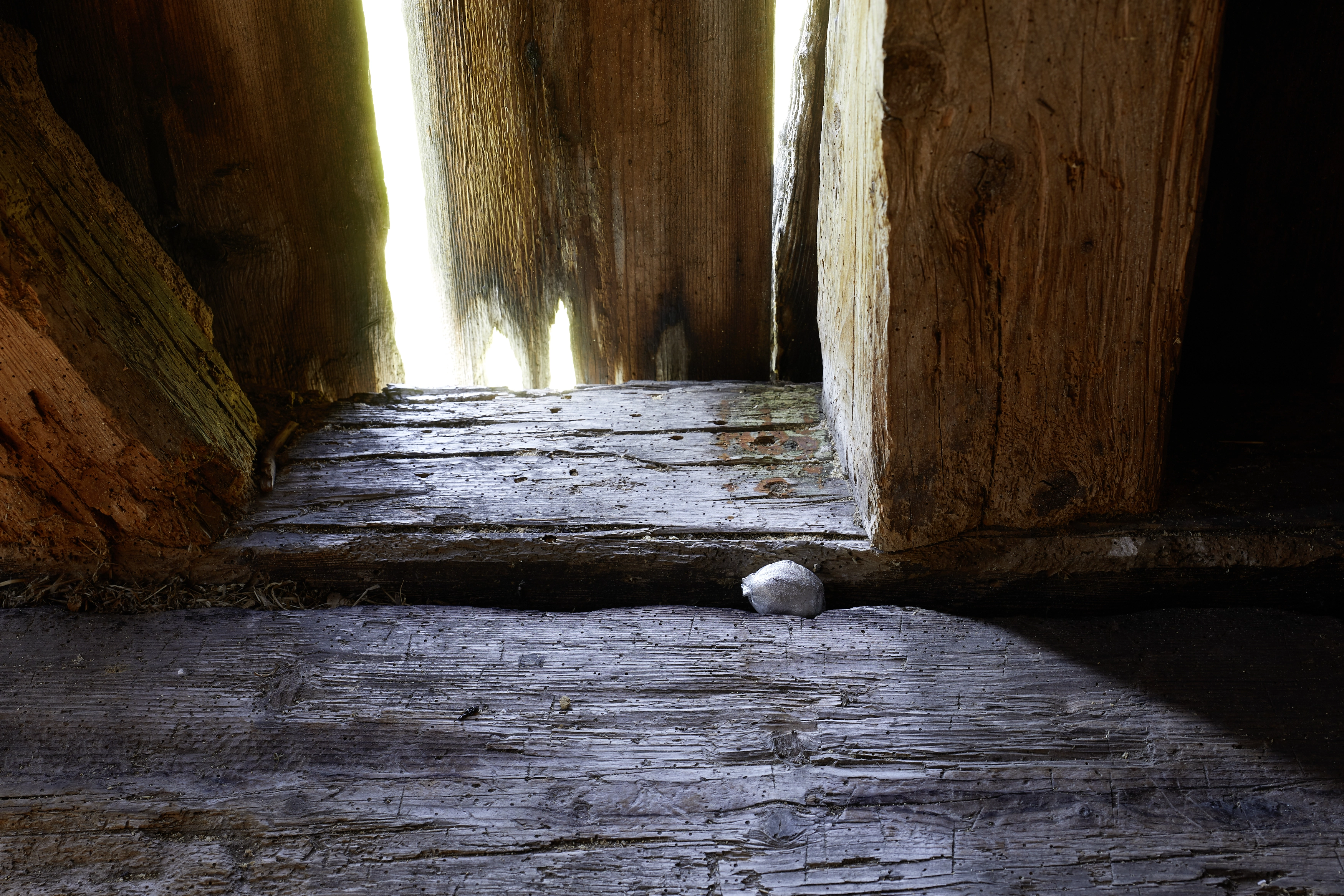
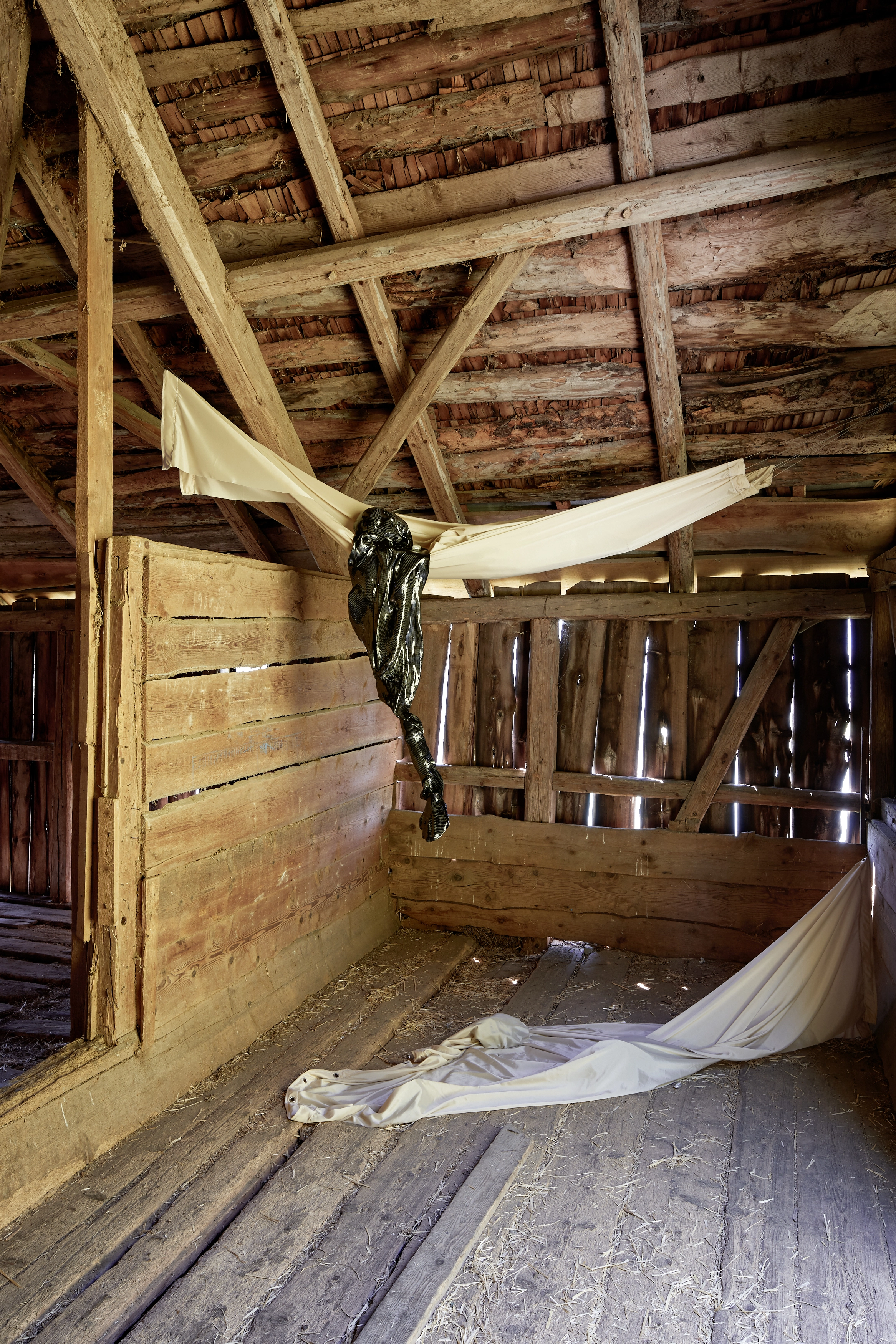
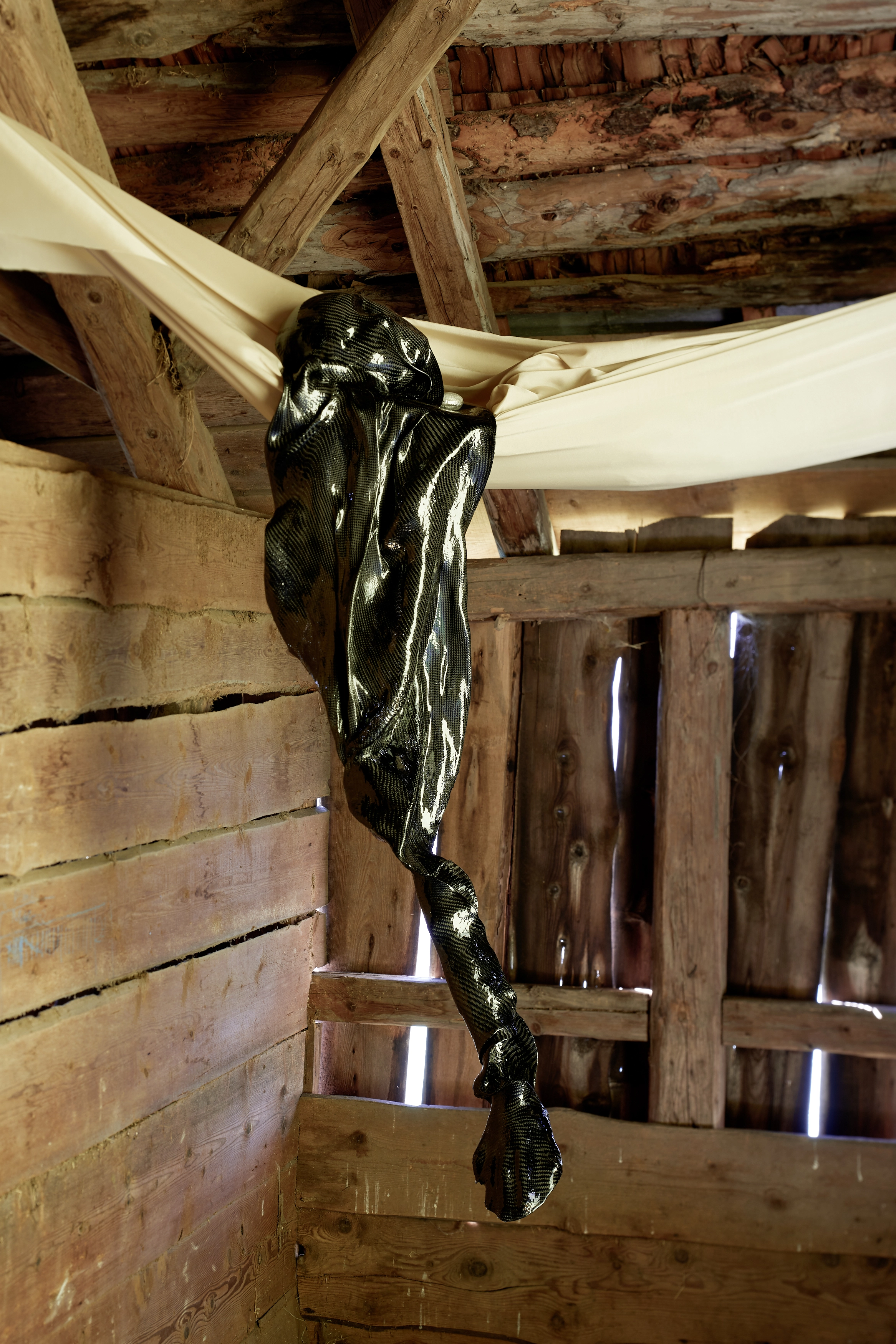

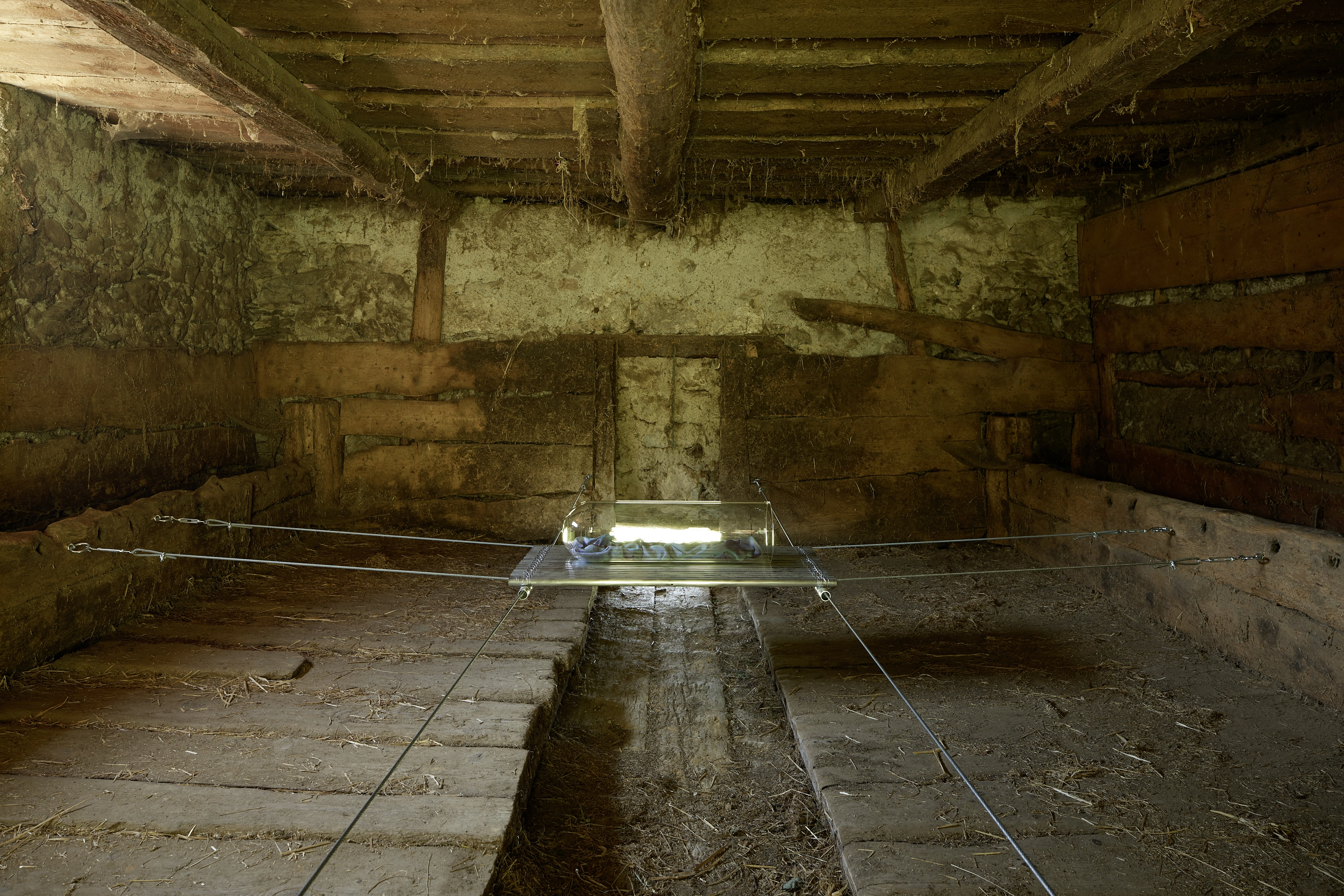
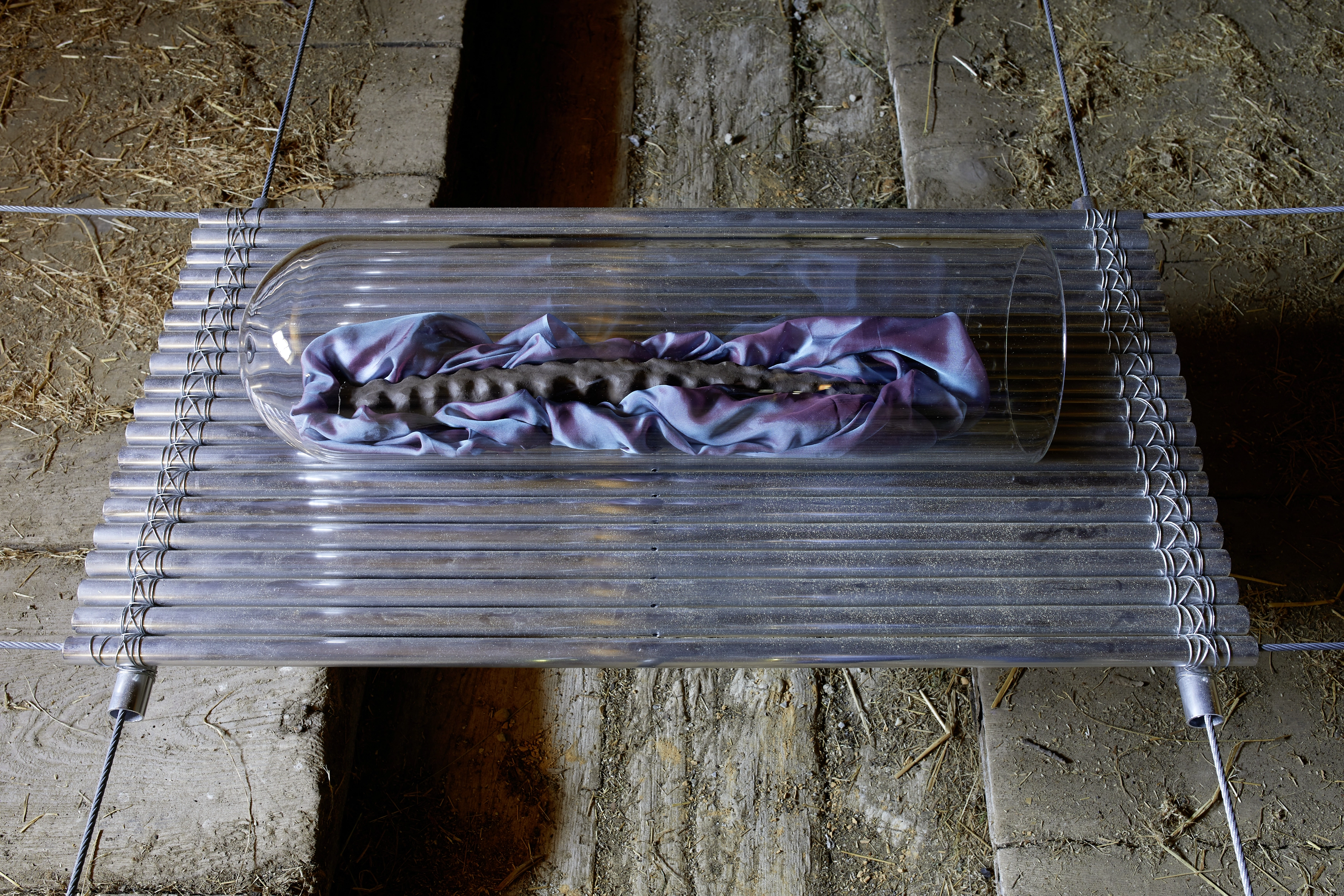
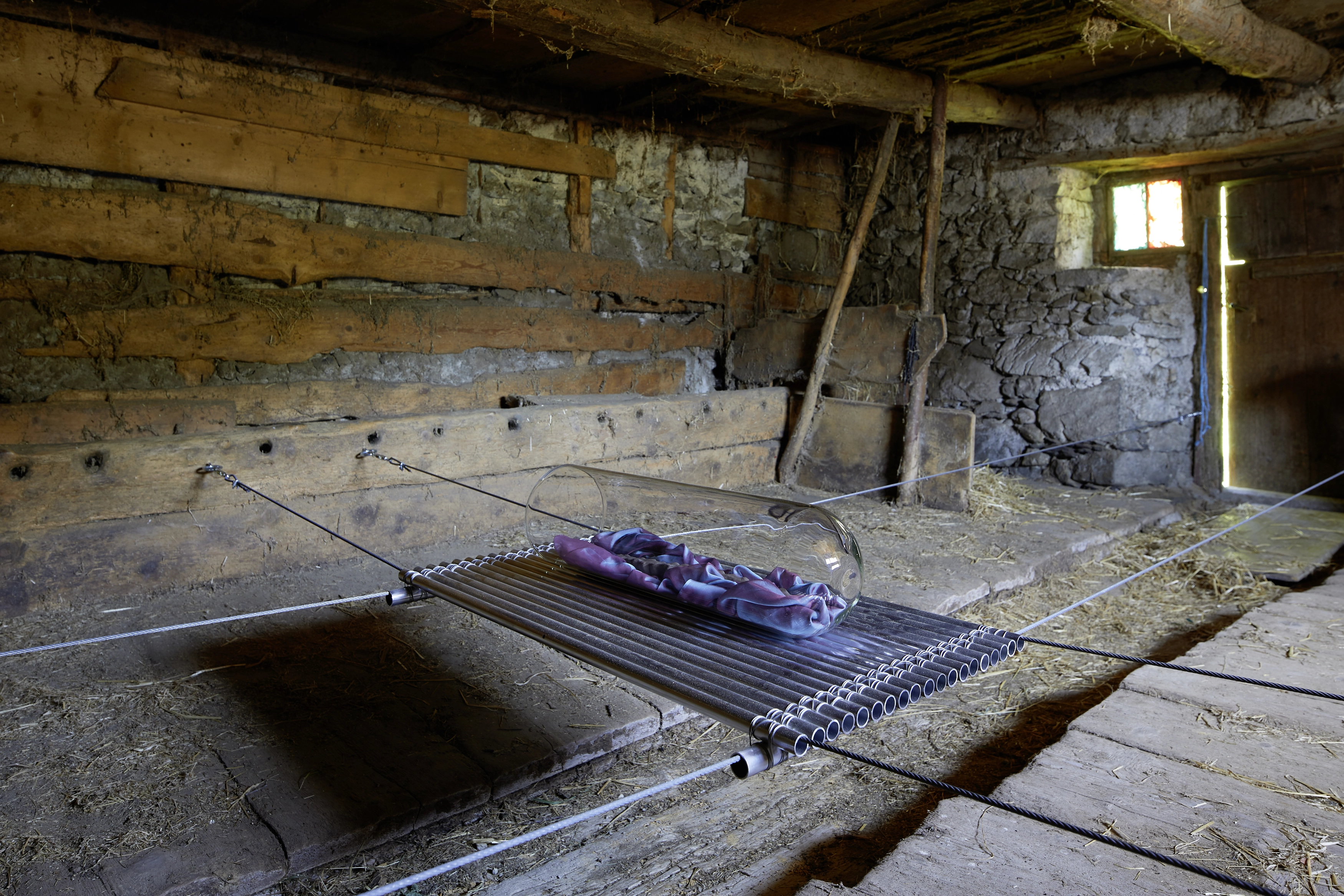
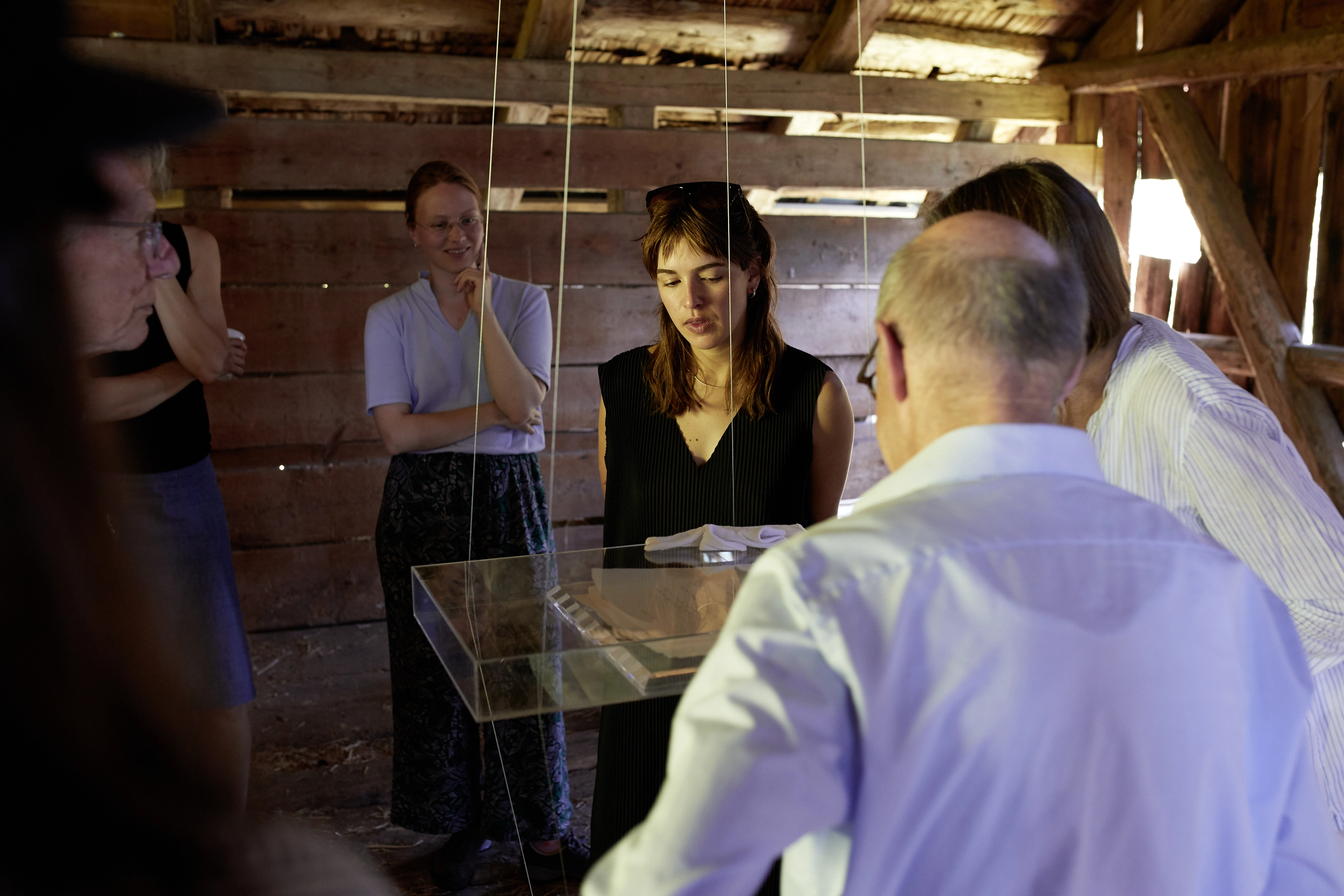

 Next Exhibition
Next Exhibition